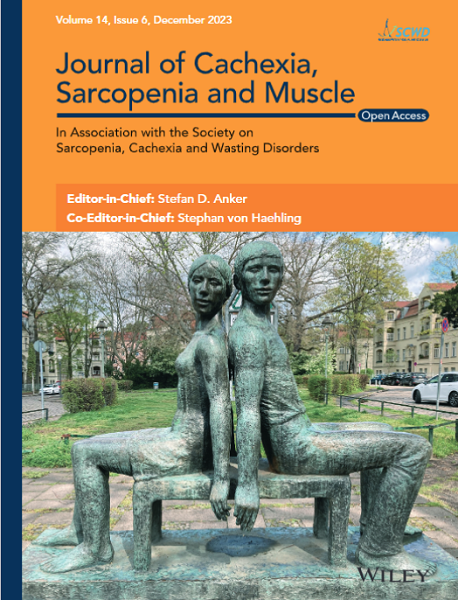Global Burden of Musculoskeletal Disorders in Adults Aged 50 and Over, 1990–2021: Risk Factors and Sociodemographic Inequalities
Abstract
Background
Adults aged 50 and over are particularly vulnerable to musculoskeletal (MSK) disorders, with their impact expected to intensify as the global population ages. This study aims to comprehensively assess the global burden of MSK disorders among adults aged 50 and over from 1990 to 2021, as well as temporal trends, risk factors and sociodemographic inequalities.
Methods
Data were sourced from the Global Burden of Disease 2021 study. Temporal trends in age-standardized rates were evaluated by calculating average annual percent changes (AAPC). Absolute and relative inequalities were assessed using the slope index of inequality and concentration index, respectively.
Results
From 1990 to 2021, MSK disorders remained the largest contributor to total years lived with disability (YLDs) among adults aged 50 and over globally. The global age-standardized incidence rate significantly decreased (AAPC = −0.181, 95% CI: −0.190 to −0.172), whereas the global prevalence and disability-adjusted life-year (DALY) rates significantly increased (AAPC = 0.126, 95% CI: 0.118–0.134, and AAPC = 0.057, 95% CI: 0.042–0.072, respectively). High sociodemographic index (SDI) countries exhibited the highest age-standardized incidence, prevalence and DALY rates (11 236.6, 56 308.1 and 5277.1 per 100 000 population, respectively), whereas low-middle SDI countries showed the most rapid increases in prevalence and DALY rates (AAPC = 0.229, 95% CI: 0.218–0.240, and AAPC = 0.230, 95% CI: 0.204–0.256, respectively). Significantly positive associations were identified between SDI and age-standardized incidence, prevalence and DALY rates (all p < 0.001). High body mass index (BMI) was the largest contributor to global DALYs of MSK disorders, accounting for 10.3% of the total in this population, whereas occupational ergonomic factors, smoking and kidney dysfunction contributed 7.3%, 6.0% and 0.2%, respectively. Although the proportions of DALYs due to occupational ergonomic factors and smoking declined globally (from 9.2% to 7.3% and from 8.9% to 6.0%, respectively), those due to high BMI and kidney dysfunction increased (from 7.7% to 10.3% and from 0.19% to 0.22%, respectively). Both absolute and relative SDI-related inequalities persisted across 204 countries and territories, with no significant changes observed.
Conclusions
MSK disorders have remained the largest contributor to disability among adults aged 50 and over. Despite significant progress in reducing the incidence rate, both the prevalence and DALY rates have significantly increased. With the expanding global ageing population, there is an urgent need for improved prevention strategies to mitigate the long-term impacts of MSK disorders in this vulnerable population.


 求助内容:
求助内容: 应助结果提醒方式:
应助结果提醒方式:


